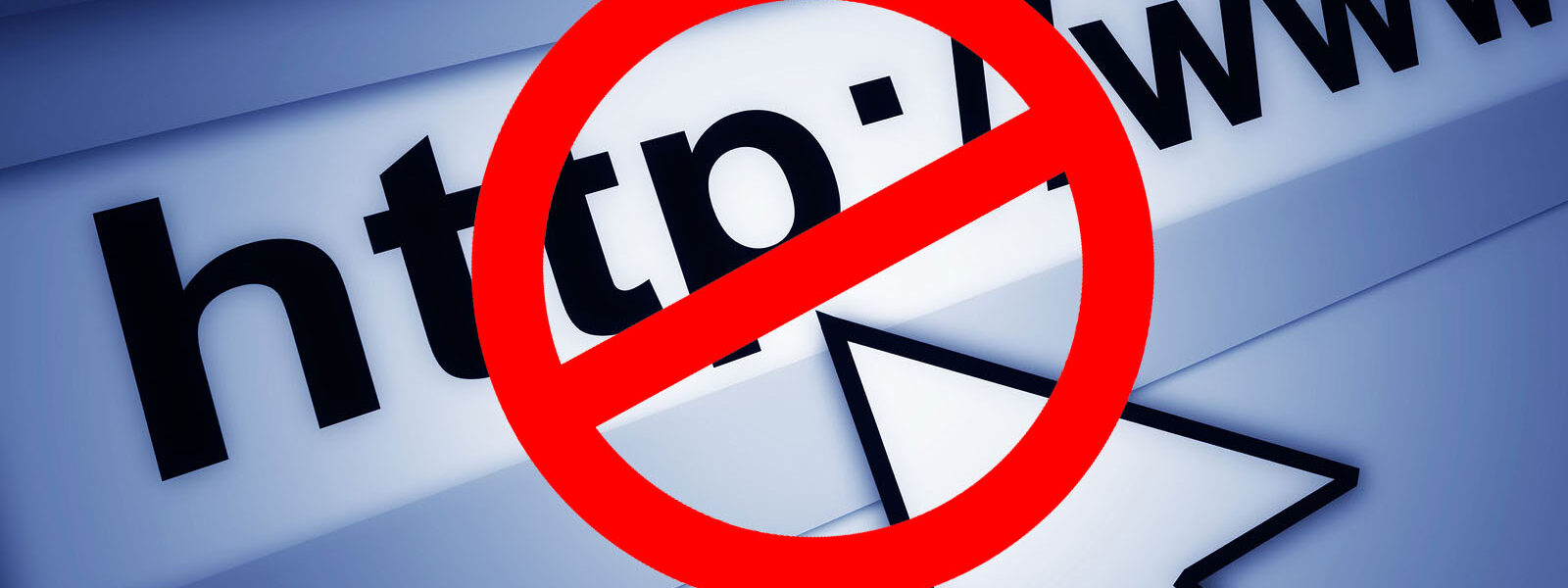With strong backing from Hollywood and anti-piracy groups, Malaysia has intensified its site-blocking measures over the past few years. A recent government report reveals that between 2021 and November 2024, authorities blocked 3,682 pirate sites to curb unauthorized distribution of local content. While these numbers appear impressive, after 15 years of blocking efforts, the real question remains: Has it been effective? And if so, who truly benefits?
The Evolution of Site Blocking in Malaysia
Malaysia was once a hotspot for pirate site hosting, thanks to its robust infrastructure and limited enforcement actions. However, this changed in 2008/2009 when authorities began cracking down on popular torrent sites like Extremebits, Rapthe, Superfundo, and LeechersLair. In one case, a BitTorrent tracker owner even discovered a device secretly collecting data from his server.
Initially tied to the Malaysian Communications and Multimedia Commission (MCMC), these shutdowns paved the way for a significant policy shift in 2011. After previously stating it would not censor the internet, the government announced plans to block major piracy hubs such as The Pirate Bay, Megaupload, Megavideo, Movie2k, and Putlocker. This move, largely aligned with Hollywood interests, underscored Malaysia’s increasing commitment to copyright enforcement.
An Unstoppable Trend: Expanding Site Blocks
By 2017, site blocking had become a routine measure. A report from the Motion Picture Association (MPA), How Site Blocking in Malaysia Has Significantly Reduced Online Piracy, claimed that traffic to blocked sites fell by 67% to 74% within six months of six blocking waves.
Yet, every success brought new challenges. As users migrated to unblocked platforms, authorities responded with even more restrictions. In 2019 alone, 438 sites were blocked, followed by 644 in 2020 and 347 in 2021. The total count reached 1,429 sites, though whether these were unique sites, clones, or proxy domains remains uncertain.
The Endless Cycle of Site Blocking
Malaysia’s site-blocking history mirrors global trends:
- The First Blocking Request is Never the Last: Initial resistance to site blocking often gives way to widespread acceptance. Malaysia, which was on the U.S. Trade Representative’s (USTR) Priority Watch List in 2000 and 2001, was downgraded to the Watch List in 2002 and removed entirely in 2012—coinciding with its stricter enforcement measures.
- Every Blocking Success Leads to More Requests: The MPA’s 2017 report highlighted Malaysia’s effectiveness, spurring further blocking efforts. By 2020, a study from the Asia Video Industry Association (AVIA) claimed Malaysia had achieved a 64% reduction in pirate streaming access.
Over 3,600 Pirate Sites Blocked Since 2021
A recent statement from Malaysia’s Ministry of Domestic Trade and Cost of Living (KPDN) confirmed that 3,682 pirate sites were blocked between 2021 and November 2024. Minister Datuk Armizan Mohd Ali reaffirmed the government’s dedication to safeguarding the local creative industry, citing ongoing collaborations between KPDN, MCMC, and internet service providers.
With more than 5,100 sites blocked since 2019, the central question remains: Has this effort truly paid off? If reports of reduced piracy traffic are accurate, unauthorized streaming should have significantly declined. However, without concrete evidence of its impact on local content creators, doubts persist. Ultimately, while Malaysia’s approach appears aggressive and proactive, the effectiveness of blocking as a long-term anti-piracy strategy remains uncertain.







